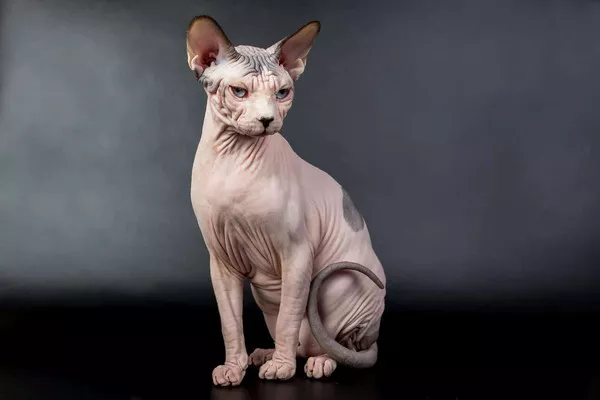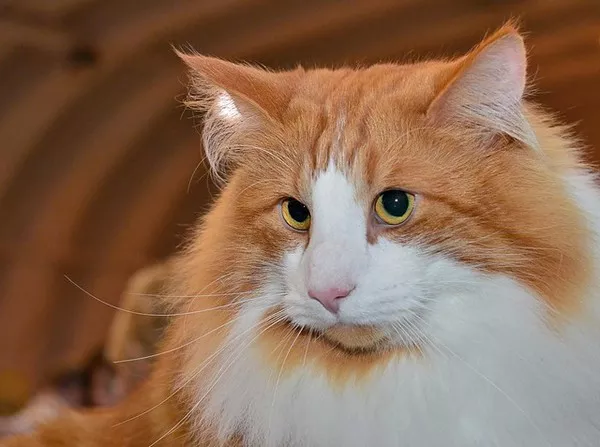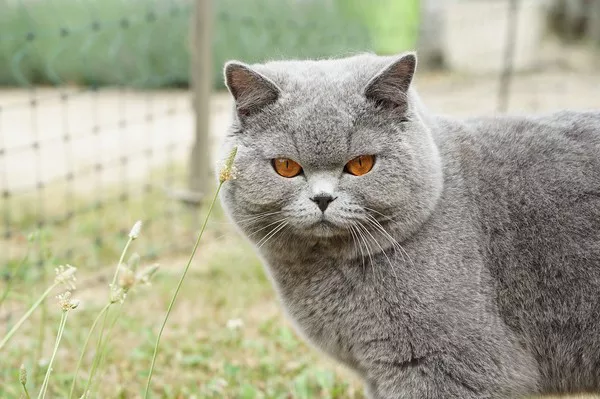Hairless cats, also known as sphynx cats, are a unique and intriguing breed that has gained popularity among cat lovers. With their distinctive appearance and playful personalities, hairless cats have captured the hearts of many. However, before considering adding a hairless cat to your family, it’s essential to understand the characteristics and care requirements that come with owning one. This article explores the question: Are hairless cats good pets? We will delve into the advantages, considerations, and responsibilities associated with caring for these fascinating feline companions.
1. Allergies and Shedding
One of the primary reasons people opt for hairless cats is their supposed hypoallergenic nature. While it is true that hairless cats produce less dander than their furry counterparts, it does not guarantee that they are completely allergen-free. Some individuals may still experience allergies due to other allergens present in a cat’s saliva or urine. It is crucial to spend time with a hairless cat before bringing one home to determine if you or any family members are sensitive to them. Additionally, although hairless cats don’t shed fur, they still require regular grooming to prevent the buildup of oils and debris on their skin.
2. Unique Appearance and Temperament
Hairless cats possess a distinct appearance that sets them apart from other breeds. Their wrinkled skin, prominent ears, and large eyes make them visually striking and captivating. Many people find the uniqueness of hairless cats appealing and enjoy the attention and conversations sparked by their distinctive looks. In terms of temperament, hairless cats are known for being affectionate, sociable, and outgoing. They tend to form strong bonds with their human companions and are often described as lap cats. Their lively personality and desire for interaction can bring joy and entertainment to a household.
3. Heat Sensitivity and Environmental Considerations
Due to their lack of fur, hairless cats are more sensitive to temperature changes than cats with a regular coat. They may struggle in cold climates and require additional warmth and protection during colder months. Conversely, they can also be prone to overheating in hot weather. It is essential to provide them with a comfortable environment that includes temperature regulation to ensure their well-being. This might involve adjusting the indoor temperature, using heating pads or blankets in colder seasons, and providing cool areas and fresh water during warmer months.
4. Skin Care and Maintenance
Hairless cats have unique skin care needs that differ from those of furry cats. Without fur to absorb oils, their skin can become greasy and prone to dryness, which may lead to skin issues if not properly managed. Regular bathing is necessary to maintain their skin’s health and cleanliness. Additionally, their ears require special attention as they are more exposed without fur to protect them. Routine cleaning with a veterinarian-recommended solution helps prevent wax buildup and potential infections. Furthermore, hairless cats are susceptible to sunburn, so it is crucial to provide them with adequate protection from direct sunlight.
5. Bonding and Socialization
Hairless cats are known for their affectionate nature and desire for human companionship. They thrive in environments where they receive ample attention, interaction, and playtime. Hairless cats often enjoy being the center of attention and may demand more social interaction than other breeds. If you are considering a hairless cat as a pet, it is important to dedicate time to bond and engage with them. Regular play sessions, grooming rituals, and cuddling will help strengthen the bond between you and your feline companion.
6. Health Considerations
Hairless cats require regular veterinary care, just like any other feline. However, due to their unique characteristics, there are certain health considerations specific to hairless cats. These may include monitoring their body temperature, maintaining proper skin care, and addressing potential genetic health conditions that can be more prevalent in hairless breeds. Responsible pet ownership includes staying up to date with vaccinations, providing a balanced diet, and scheduling regular veterinary check-ups to ensure your hairless cat’s overall well-being.
Conclusion
Hairless cats can make wonderful pets for individuals and families who are aware of their unique needs and responsibilities. While they may require extra attention and care compared to furry cats, their distinct appearance, affectionate nature, and playful personality often make them valued companions. However, potential owners should carefully consider factors such as allergies, temperature sensitivity, grooming requirements, and the time commitment needed for bonding and socialization.


























